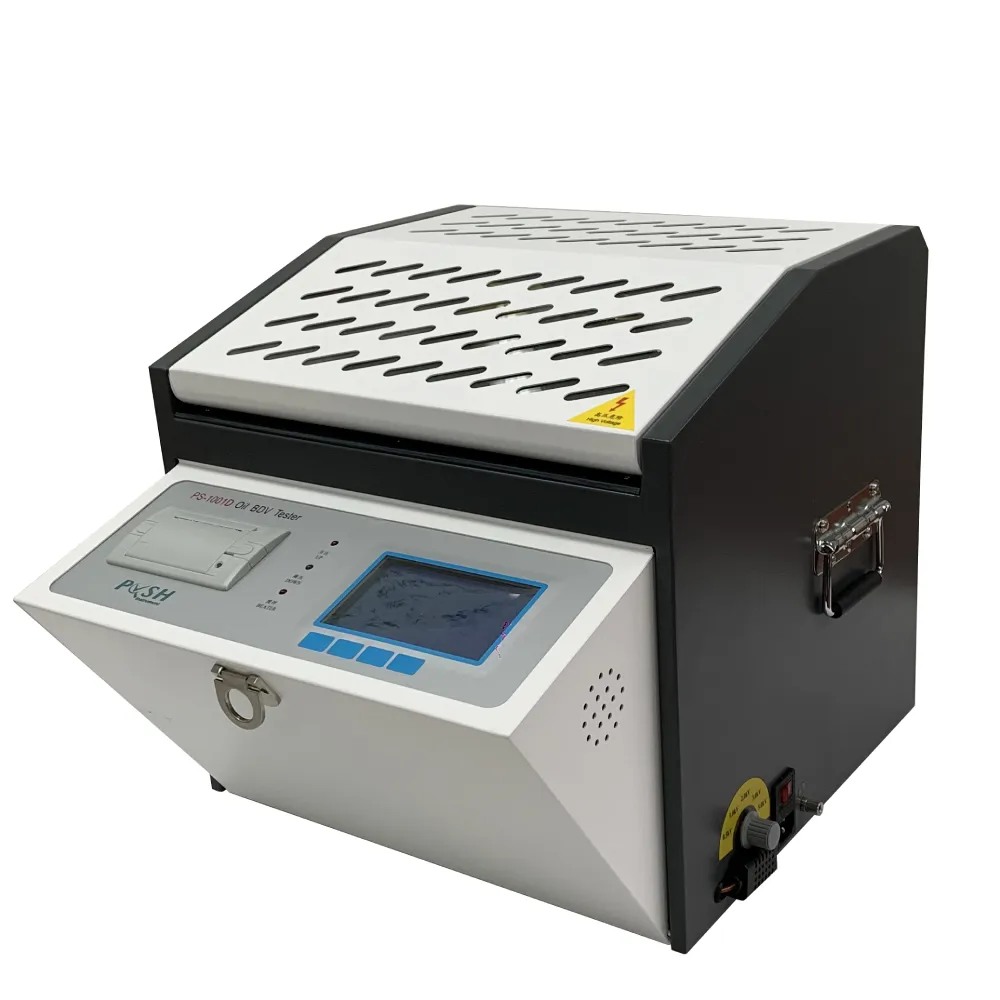 English
English



-
 Afrikaans
Afrikaans -
 Albanian
Albanian -
 Amharic
Amharic -
 Arabic
Arabic -
 Armenian
Armenian -
 Azerbaijani
Azerbaijani -
 Basque
Basque -
 Belarusian
Belarusian -
 Bengali
Bengali -
 Bosnian
Bosnian -
 Bulgarian
Bulgarian -
 Catalan
Catalan -
 Cebuano
Cebuano -
 China
China -
 China (Taiwan)
China (Taiwan) -
 Corsican
Corsican -
 Croatian
Croatian -
 Czech
Czech -
 Danish
Danish -
 Dutch
Dutch -
 English
English -
 Esperanto
Esperanto -
 Estonian
Estonian -
 Finnish
Finnish -
 French
French -
 Frisian
Frisian -
 Galician
Galician -
 Georgian
Georgian -
 German
German -
 Greek
Greek -
 Gujarati
Gujarati -
 Haitian Creole
Haitian Creole -
 hausa
hausa -
 hawaiian
hawaiian -
 Hebrew
Hebrew -
 Hindi
Hindi -
 Miao
Miao -
 Hungarian
Hungarian -
 Icelandic
Icelandic -
 igbo
igbo -
 Indonesian
Indonesian -
 irish
irish -
 Italian
Italian -
 Japanese
Japanese -
 Javanese
Javanese -
 Kannada
Kannada -
 kazakh
kazakh -
 Khmer
Khmer -
 Rwandese
Rwandese -
 Korean
Korean -
 Kurdish
Kurdish -
 Kyrgyz
Kyrgyz -
 Lao
Lao -
 Latin
Latin -
 Latvian
Latvian -
 Lithuanian
Lithuanian -
 Luxembourgish
Luxembourgish -
 Macedonian
Macedonian -
 Malgashi
Malgashi -
 Malay
Malay -
 Malayalam
Malayalam -
 Maltese
Maltese -
 Maori
Maori -
 Marathi
Marathi -
 Mongolian
Mongolian -
 Myanmar
Myanmar -
 Nepali
Nepali -
 Norwegian
Norwegian -
 Norwegian
Norwegian -
 Occitan
Occitan -
 Pashto
Pashto -
 Persian
Persian -
 Polish
Polish -
 Portuguese
Portuguese -
 Punjabi
Punjabi -
 Romanian
Romanian -
 Russian
Russian -
 Samoan
Samoan -
 Scottish Gaelic
Scottish Gaelic -
 Serbian
Serbian -
 Sesotho
Sesotho -
 Shona
Shona -
 Sindhi
Sindhi -
 Sinhala
Sinhala -
 Slovak
Slovak -
 Slovenian
Slovenian -
 Somali
Somali -
 Spanish
Spanish -
 Sundanese
Sundanese -
 Swahili
Swahili -
 Swedish
Swedish -
 Tagalog
Tagalog -
 Tajik
Tajik -
 Tamil
Tamil -
 Tatar
Tatar -
 Telugu
Telugu -
 Thai
Thai -
 Turkish
Turkish -
 Turkmen
Turkmen -
 Ukrainian
Ukrainian -
 Urdu
Urdu -
 Uighur
Uighur -
 Uzbek
Uzbek -
 Vietnamese
Vietnamese -
 Welsh
Welsh -
 Bantu
Bantu -
 Yiddish
Yiddish -
 Yoruba
Yoruba -
 Zulu
Zulu
voltage ratio test of 3 phase transformer
Voltage Ratio Test of 3-Phase Transformer
The voltage ratio test, also known as the turns ratio test, is a critical procedure for the assessment and evaluation of three-phase transformers. This test checks the ratio of the primary voltage to the secondary voltage and helps ensure that the transformer is functioning correctly within its operational parameters. By examining the voltage ratios, technicians can identify various issues, including shorted turns, open circuits, and incorrect winding connections.
A three-phase transformer typically consists of three sets of windings, corresponding to its three phases. The fundamental principle of the voltage ratio test is based on the relationship defined by the turns ratio, which indicates how much the voltage is stepped up or down in a transformer. For an ideal transformer, the voltage ratio can be expressed mathematically as
\[ \text{Voltage Ratio} = \frac{V_p}{V_s} = \frac{N_p}{N_s} \]
where \( V_p \) and \( V_s \) are the primary and secondary voltages respectively, and \( N_p \) and \( N_s \) are the number of turns in the primary and secondary windings.
voltage ratio test of 3 phase transformer

To perform the voltage ratio test on a three-phase transformer, specific instruments are required, including a voltmeter and a phase rotation tester. The test can be conducted without the transformer being energized, which is particularly advantageous for safety and efficiency. The procedure begins by connecting the primary side of the transformer to a known voltage supply. Measurements of the corresponding secondary voltage are then taken. The voltage levels obtained are used to calculate the voltage ratio.
The expected voltage ratio should align closely with the transformer's rated turns ratio. Significant deviations from the expected value could indicate winding faults, such as defects in the coils or failure in the insulation. Additionally, this test reveals phase-to-phase voltage relationships and helps in confirming that the transformer is correctly connected in accordance with its intended application, whether wye or delta configurations.
Another important aspect of the voltage ratio test is its role in maintenance and troubleshooting protocols. Regular testing helps ensure reliability, prevents unexpected outages, and extends the lifespan of the transformer. Technicians may combine this test with other assessments, like power factor testing or insulation resistance testing, to build a comprehensive picture of the transformer’s condition.
In summary, the voltage ratio test is a vital diagnostic tool for three-phase transformers. It not only verifies the transformer's operation but also enhances safety by identifying potential issues before they lead to more severe problems. By ensuring adherence to the specified voltage ratios, engineers and technicians can confidently maintain the integrity of electrical power systems. Proper execution of this test propels the reliability of energy distribution networks, supporting overall operational efficiency.
-
Testing Equipment Industry Sees Major Advancements in 2025: Smart & Precision Technologies Lead the WayNewsJun.06,2025
-
Applications of Direct Current Generators in Renewable Energy SystemsNewsJun.05,2025
-
Hipot Tester Calibration and Accuracy GuidelinesNewsJun.05,2025
-
Digital Circuit Breaker Analyzer Features and BenefitsNewsJun.05,2025
-
Benefits of Real-Time Power Quality Monitoring Devices for Industrial EfficiencyNewsJun.05,2025
-
Earth Fault Loop Testing in High-Rise Building Electrical SystemsNewsJun.05,2025



